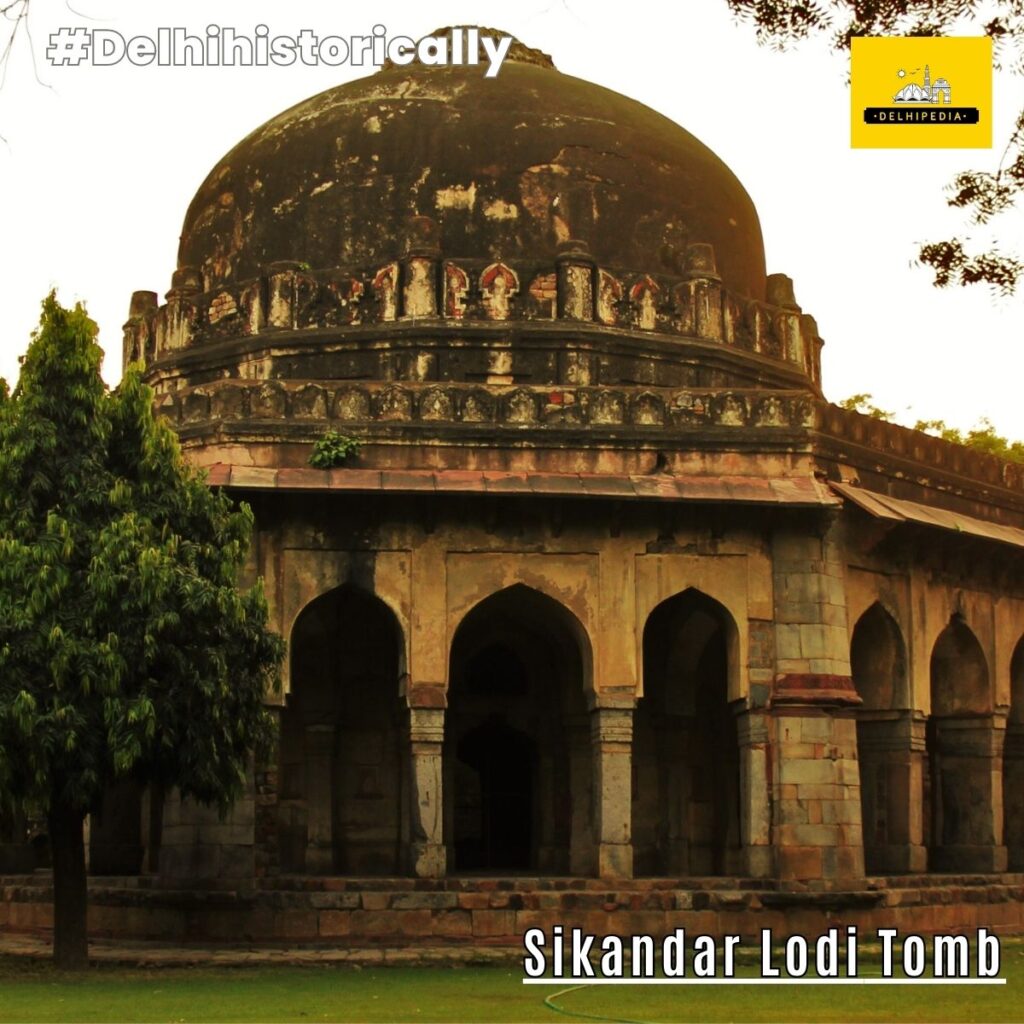The Tomb of Sikandar Lodi holds a significant place in history. It was constructed in the 16th century as a final resting place for Sikandar Lodi, the second ruler of the Lodi dynasty that ruled over Delhi Sultanate in the Indian subcontinent.
Sikandar Lodi reigned from 1489 to 1517 and was known for his administrative and architectural achievements. The tomb itself is considered a testament to his patronage of art and architecture during his rule.
The architectural design of the tomb is believed to have been inspired by the tomb of Muhammad Shah, an earlier ruler of the Sayyid dynasty. The octagonal structure, a hallmark of Indo-Islamic architecture, showcases the fusion of Persian and Indian architectural styles.
What makes the Tomb of Sikandar Lodi particularly remarkable is its status as the first garden tomb in the Indian subcontinent. The enclosed garden surrounding the tomb, with its meticulously landscaped greenery and serene ambiance, adds to its charm and tranquility.
Over the centuries, the tomb has stood as a testament to the rich cultural and historical heritage of India. It serves as a reminder of the artistic prowess and architectural brilliance of the Lodi dynasty. Today, the Tomb of Sikandar Lodi continues to attract visitors from around the world, who come to admire its architectural grandeur and immerse themselves in its historical significance.





